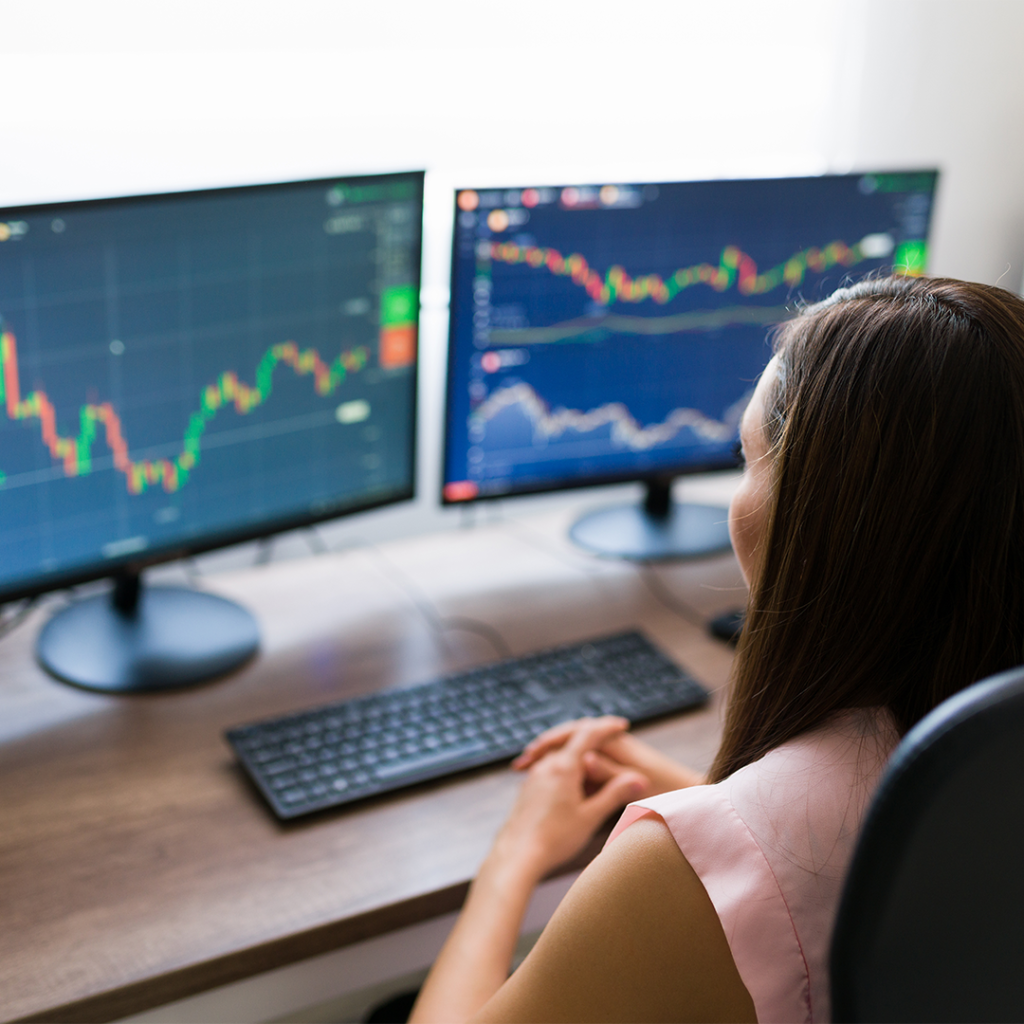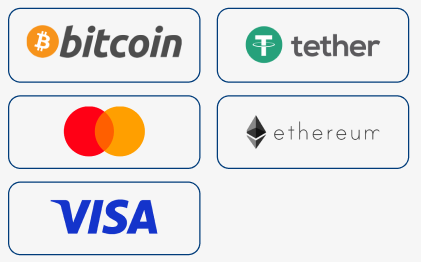Algorithmic trading, also known as algo-trading, uses computer programs that follow a defined set of instructions to place trades. The aim is to generate profits at a speed and frequency that is impossible for a human trader. With the right technology and algorithm, traders can automate tedious and mathematical strategies to focus on other aspects of their business.
In this comprehensive guide, we’ll delve into the world of algorithmic trading and how Python, one of the most popular programming languages, is empowering traders to build sophisticated trading algorithms. Whether you’re a seasoned trader or new to the financial market, understanding algorithmic trading is essential to modern investing.
Understanding Algorithmic Trading
Algorithmic trading involves using a computer program that has been designed to execute trades automatically according to a pre-defined set of rules. These rules are based on timing, price, quantity, or any mathematical model. Apart from profit opportunities for the trader, algo-trading renders markets more liquid and trading more systematic by ruling out emotional human impacts on trading activities.
Advantages of Algorithmic Trading
The key advantages of using algorithmic trading include:
- Speed: Algorithms are capable of scanning and executing on multiple indicators at a speed that is impossible for humans.
- Accuracy: Trades are executed at the best possible prices by monitoring the market conditions across multiple markets, orders are placed without manual intervention.
- Discipline: Because trade rules are established and trade execution is performed automatically, discipline is preserved even in volatile markets.
- Reduced Risk of Manual Errors: Since an algorithm executes the trade, the likelihood of errors associated with manual trades is minimized.
The Role of Python in Algorithmic Trading
Python is a versatile and widely-used programming language with many applications, including financial markets and algorithmic trading. Its simplicity and robust ecosystem of libraries make it an ideal tool for both beginners and experienced traders.
Why Python for Algorithmic Trading?
- Ease of Use: Python’s syntax is clear and intuitive, making it easy for traders to create and test trading algorithms.
- Powerful Libraries: Python has an extensive set of libraries such as Pandas, NumPy, and QuantLib that are specifically designed for data analysis and financial modeling.
- Community and Support: There is a large community of Python users in finance, providing a wealth of resources and support for those looking to use Python for algorithmic trading.
Algorithmic Trading Python PDF and Learning Resources
For those looking to dive into algorithmic trading using Python, numerous resources are available. A popular way to get started is by downloading a Python for algorithmic trading PDF, which typically provides an introduction to the concepts and step-by-step guides to setting up your first trading algorithm.
Some notable resources include:
- Python for Finance: This book by Yves Hilpisch is a comprehensive guide that covers the use of Python in various areas of finance, including algorithmic trading.
- Algorithmic Trading with Python: Chris Conlan’s book is a practical guide that focuses on the application of Python to algorithmic trading.
- QuantInsti: Offers courses and webinars that teach algorithmic trading with a focus on Python.
Building Your First Trading Algorithm
To start building a trading algorithm in Python, you’ll need to have a basic understanding of Python programming. Once you’re comfortable, you can then move on to creating your first simple trading strategy.

Setting Up Your Environment
Before diving into writing code, it’s important to set up a Python development environment. This typically includes installing Python, setting up a virtual environment, and installing necessary libraries like Pandas and Matplotlib.
Data Collection and Analysis
The backbone of any trading algorithm is market data. Python’s Pandas library makes it easy to import and manage financial data. You can pull data from various sources, including APIs provided by brokerages or financial data providers.
Strategy Development
Developing a strategy involves defining the conditions under which you want to enter and exit trades. This could be based on technical indicators, price levels, or more complex statistical models.
Backtesting
Before you risk real money, it’s crucial to test your strategy against historical data. Backtesting allows you to simulate trading using historical data to see how your algorithm would have performed in the past.
Optimization
Based on the results of backtesting, you can refine your strategy by adjusting parameters and optimizing for better performance.
Real-World Application of Algorithmic Trading
Algorithmic trading is not just for hedge funds and institutional traders. Retail traders are also leveraging algorithms to automate their trading strategies.
Case Studies
Consider a case where a retail trader has developed an algorithm based on momentum indicators. The trader uses Python to create an algorithm that buys stocks when they are above their 50-day moving average and sells when they drop below.
In another scenario, a hedge fund employs a complex algorithm that uses machine learning to identify patterns in market data and make trading decisions. The algorithm is capable of processing vast amounts of data and making trades in milliseconds.
Risks and Challenges of Algorithmic Trading
Algorithmic trading is not without its risks. It’s important to be aware of the following challenges:
- Technical Failures: As with any technology, there’s a risk of hardware or software failure, which could affect trading.
- Market Risks: Market conditions can change rapidly, and algorithms may not be able to respond quickly enough to avoid losses.
- Overfitting: There is a risk of developing a strategy that performs well on historical data but fails in live trading due to overfitting.
Conclusion
El comercio algorítmico representa el futuro del comercio, combinando las finanzas con la tecnología avanzada para mejorar la toma de decisiones y el rendimiento. Python, con su rico ecosistema y su comunidad de apoyo, se destaca como el lenguaje de programación elegido para desarrollar algoritmos comerciales.
Whether you’re an experienced trader or just starting out, the resources available, like a Python for algorithmic trading PDF, make it easier than ever to learn and apply these techniques to your trading strategy. With proper development, testing, and risk management, algorithmic trading can be a powerful tool in your trading arsenal.
Recuerde proceder con precaución, realizar pruebas exhaustivas y nunca arriesgar más de lo que puede permitirse perder. A medida que los mercados financieros evolucionan, también lo harán las estrategias y tecnologías utilizadas para operar en ellos, y mantenerse informado y adaptable es clave para el éxito.
Register Now!





